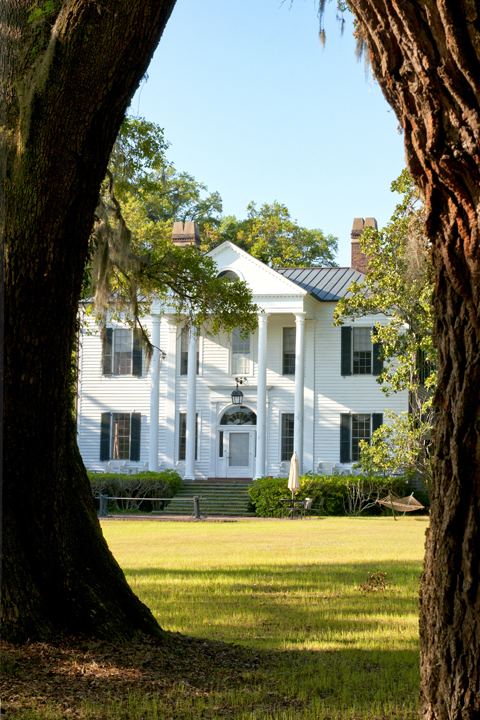Built 1830 Opened 1830 Architecture firm Mellor, Meigs & Howe Nearest city Georgetown | NRHP Reference # 96000409 Area 13.38 km² Added to NRHP 12 April 1996 | |
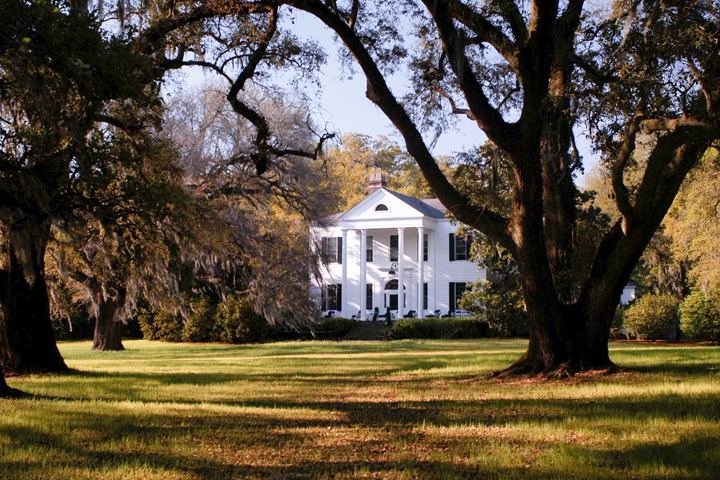 | ||
MPS Georgetown County Rice Culture MPS Architectural style Colonial Revival architecture Similar Annandale Plantation, Mansfield Plantation, Grove Plantation, Hopsewee, Boone Hall | ||
Friendfield Plantation is a 3,305-acre plantation near Georgetown, South Carolina composed of parts of six former historic plantations and Friendship House, built in 1931-36. It was listed on the National Register of Historic Places in 1996. Contributing elements of the listing include 23 buildings, 15 other structures, and 14 sites. First Lady Michelle Obama descends from a slave on this plantation in the Antebellum South.
Contents
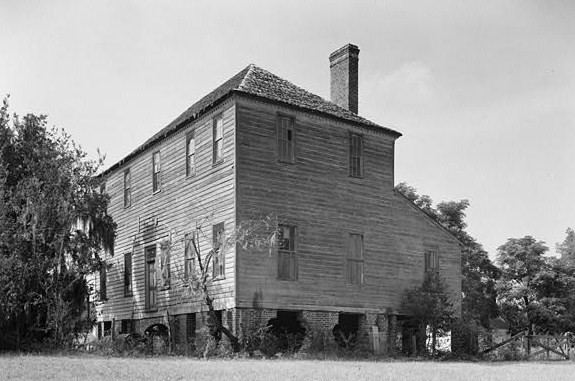
Friendfield Village.mpg
Overview
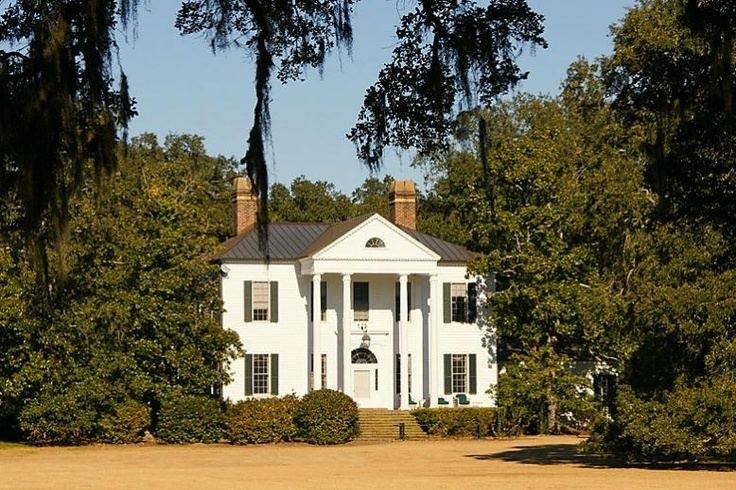
The current owner is Oscar Johnson Small II and his second wife Robbie Kephart. Its first owner was James Withers (1710-1756), an indigo planter, brick maker in Charleston, South Carolina and rice planter on the Sampit River. He developed the plantation from 1734 onwards. He bought slaves from Barbados, where they had been transported from Africa. In 1818, Francis Withers (1768-1847), a grandson of James, built a new house on the Friendfield Plantation.
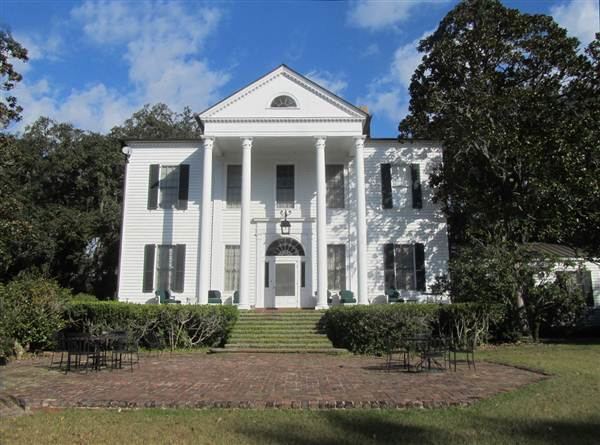
In the Low Country, where slaves developed a concentrated culture on large plantations and slaves from Africa continued to be imported, African Americans developed what became known as the Gullah culture. It has been recognized as distinct for its creole African roots in language, cuisine and culture, and adaptations to the region. Ancestors of First Lady Michelle Obama were among the enslaved laborers on the Friendfield Plantation.

Dr. Alexius Mador Forster, III, MD (1815-1879), Francis Wither's son-in-law, ran the plantation, but it fell into disrepair after the American Civil War of 1861-1865, due to an extended agricultural depression, the change to free labor, and the sudden lack of economic resources. After the war, the land was mostly cultivated by sharecroppers, freedmen who paid a portion of their crop to use the land. Robinson is believed to have been among them. Friendfield Plantation passed out of the Withers family in 1897 when Elizabeth Hunt Warham Forster (1820-1906) sold it to B. Walker Cannon. (In truth, it had passed from the Withers bloodline in 1847 when Francis Withers died, as Elizabeth was his step-daughter.)
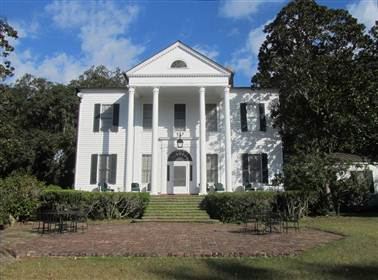
The property was later purchased by Patrick C. McClary, Sr., who used it as a duck hunting club. In 1926, the Friendfield House burned down in a fire. In 1930, it was purchased by Radcliffe Cheston, Jr., an investment banker from Philadelphia, Pennsylvania. Two years later, in 1932, he had a new Friendfield House built, designed by architect Arthur Ingersoll Meigs (1882-1956). Up until the 1950s, sharecroppers lived on the plantation. But during the early 20th century, thousands of African Americans left the region to go north in the Great Migration, seeking better opportunities. In 1989, the property was partly purchased by Daniel Thorne; it is co-owned by him and Frances Cheston Train, a daughter of Radcliffe Cheston.
